#filmmaking tips
Text
Rule of thirds in film




#rule of thirds#composition#filmmaking#cinematography#filmmaking tips#filmmakers#movies#film#cinematographer#cameras#filmmaking techniques#joker#blade runner#brad pitt#morgan freeman#harrison ford
224 notes
·
View notes
Text

1 Hour Of The Best Directing Advice You'll Find Anywhere
Watch the video on Youtube here.
#cinema#filmmaking#film#directing#directing actors#film community#filmmakers on tumblr#set life#filmmakers on film#making a movie#producer life#film school#indie film#cinematography#producers on tumblr#movie makers#editing#film set#filmmaking tips#filmmaking 101
5 notes
·
View notes
Text

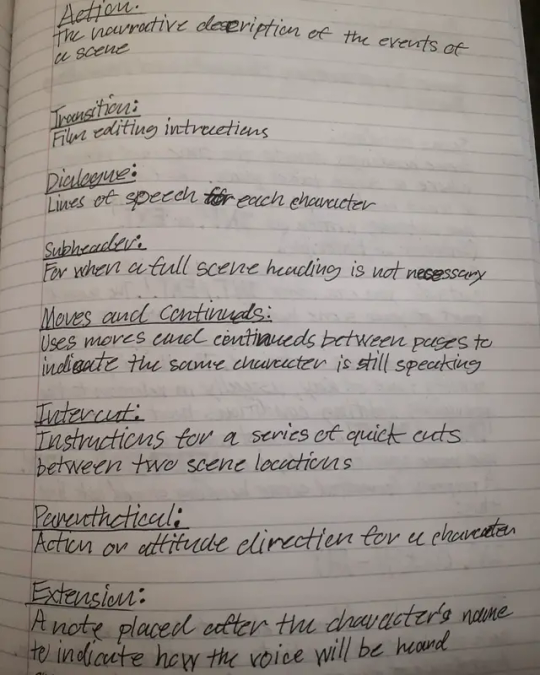




Parts of a Script📓 (1/2)
4 notes
·
View notes
Video
youtube
44°58'23.5"N 6°03'54.8"E
youtube/oftwolands
www.oftwolands.com
#filmmaking#video#gear#camera gear#travel#traveling#filmmaker#filmmaking tips#antarctica#iceland#BlackMagic#bmpcc4k#bmpcc6k#bmpcc#bmpcc6k pro#Adventure#explore#remote#landscape#cold#cameras#wandrd#icebergs#filmconvert#florent piovesan#how to#tutorial#of two lands
23 notes
·
View notes
Text
Week 8, let’s start to create!!
Hi guys, welcome to my blog CreativeCollaborationsUpdates, I’m super excited to bring you guys along for this creative, short film making process and hopefully we can produce a piece of art that has a little piece of everyone in it!
First, I’d like you to meet the team and get to know our roles a little better – this is something we were proud to discuss and delegate within our group, as we want to create an environment in which allows everybody to creativity express themselves.
As I like to call it, the art of filmmaking collaboration.
Down below I am going to list all our roles within the group and then a little later, how this week, we discussed what each role could be responsible for in early stages of idea creation and production timelines.
Roles:
Taylah (me) – Producer and Cinematographer.
Alyssa – Art Director.
Astrid – Editor.
Kendall – Script Writer.
Lochie – Sound Designer.
As you will come to find out, each team member holds a significant role in the creation of our film making process, let’s get into it!!
In class, Kendall suggested the idea of a Wedding Murder Mystery Film, where the wedding party is secluded on an island and has to try and figure out who the murderer is. We all enjoyed the concept as great idea and starting point, however, we agreed it may be difficult to accurately display the “secluded island” element.
As producer, in charge of locations and transport, I suggested setting the film near King Edward Park rotunda, with the murder scene taking place in the field of roses. Whilst it is only early days, we all agreed this would allow production to remain relatively close between scenes, aligning with the secluded element. Kendall jotted down the ideas for scriptwriting development.
Upon ‘mind mapping’, we came up with adding a satirical, comedic touch, as you see in movies and shows such as the ‘Scream Franchise’, where whilst it is a horror film, they purposefully overexaggerate the stereotypical, cliché horror lines.
As creatives, through attempting to cross the genres of horror and comedy, the typical Australian bogan lifestyle stood out to us– a small town such as Newcastle, where a murder happens, yet for some reason, is not taken seriously and it’s just “a mate messing around”.
I suggested op shop, tacky wedding costumes, Alyssa, our art director agreeing this would be perfect for costuming and highly accessible. Lochie, in charge of sound design, approved that he would be able to add in sound effects. For example, the cans trailing behind the car reading “just married”.

Whilst It is still definitely early days, with the group already running into hindrances, such as our valuable team member, Astrid, being away and Claire suggesting we take careful consideration with crossing genres, as it is a process that needs to be done correctly.
This is a matter in which we will discuss and problem solve with next week, should we go through with this idea?
Hopefully next week we can continue to flesh out ideas and logistics, such as confirmation of director, location, and the associated risk assessment, and specific’s such as our art director, Alyssa, potentially developing storyboards to bring out visuals to life!!
Remember to stay creative, see you next week!!
Taylah Gray
C3399124
Tutorial Class- Tuesday 11-1pm, Claire Pasvolsky.
3 notes
·
View notes
Text
How to Develop Your Unique Style as a Filmmaker?
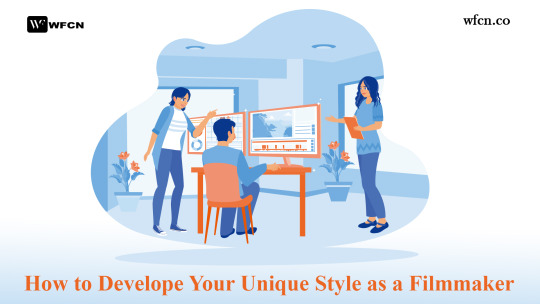
Finding Your Voice: Developing Your Unique Style as a Filmmaker
Every filmmaker dreams of leaving their mark on the world. But in a sea of films vying for attention at film festivals and in the film industry, how do you make yours stand out? The answer lies in cultivating your unique style. This isn't just about fancy camerawork or trendy filters; it's about weaving your vision, themes, and storytelling techniques into a signature that screams "you."This journey isn't about blind innovation. Great style is built on a foundation of knowledge and exploration. Here's how you can embark on this path:
1. Deep Dive: Explore and Experiment
Immerse yourself in the world of films. Watch films from every genre and era, dissect their technical aspects, and analyze what resonates with you. Pay close attention to film directors whose work sparks a fire within. What recurring motifs do you see in their films? How do they use light, sound, and editing to convey emotions?
But don't just be a passive observer. Grab your camera (even a smartphone will do!) and start experimenting. Make short films, documentaries, or even music videos. Play with different shooting styles, frame compositions, and editing techniques. Embrace the freedom to fail; every misstep is a stepping stone towards refining your voice.
2. Know Yourself: Themes and Stories
Your style isn't just about visuals; it's about the stories you tell and the themes that resonate with you. What are the issues that keep you up at night? What kind of message do you want to convey through your films? Think about the narratives that have moved you the most. Are you drawn to dark comedies that explore the human condition? Or perhaps you yearn to weave fantastical tales that transport viewers to another world?
3. Craft Your Visual Palette
Cinematography is the visual language of film. How you use light, color, and camera movement shapes the narrative and evokes emotions. Do you find yourself drawn to stark black-and-white visuals or prefer the vibrancy of color palettes?
Experiment with lighting techniques and camera angles. Watch films known for their masterful cinematography and deconstruct how they achieve their signature look. This doesn't mean replicating them; rather, use them as inspiration to develop your visual vocabulary.
4. Sound Design: The Unsung Hero
Sound design is often an overlooked element, but it has immense power to transport viewers and enhance the emotional impact of your film. Pay attention to how films use sound effects, music, and dialogue to create an atmosphere and tell a story.
Do you prefer a soundscape rich with layered sound effects, or a minimalist approach that lets the silence speak volumes? Explore the power of music; does your style lean towards classical scores or contemporary beats?
5. Embrace Your Influences, But Don't Be a Copycat
Every filmmaker draws inspiration from those who came before them. But it's crucial to find a balance. While it's okay to admire the masters, don't simply mimic their style.
Instead, use their work as a springboard to launch yourself in your unique direction. Take what you love about their films and reinterpret it through your lens.
6. Refine Through Practice: Feedback is Your Friend
Developing your style is an ongoing process. The more films you make, the more you'll refine your voice. Don't be afraid to enter film festivals or share your work with trusted friends and mentors. Feedback, both positive and negative, can be invaluable in identifying your strengths and areas for improvement.
Remember, style isn't something you force; it's something that emerges organically as you hone your craft and explore your artistic vision. Embrace your individuality, experiment fearlessly, and eventually, your unique voice will shine through, captivating audiences and leaving a lasting impression on the world of cinema.
0 notes
Text
#short film#writing#hollywood#filmmakers#bupphaofficial#filmmaking#movie setting#filming location#film locations#settings in films#movie settings#filmmaking tips#filmmaking techniques#filmmaking skills#film language#filmmaker
0 notes
Text
Commercial Director Nema Vand's Filmmaking Journey from Commercials and TikTok to Features.
Filmmaker Nema Vand has enjoyed an eclectic career in entertainment, from being an extra on David Fincher’s set, to starting his own casting company to presently directing commercials at VaynerMedia’s in-house production unit Eva Nosidam. A turning point came when Nema documented Mike Winkelmann’s (Mr. Beeple) historic NFT sale, which gained him recognition as a storyteller and filmmaker. Now,…

View On WordPress
#Commercial Directing Film School#Commercial Director#Filmmaker Retreat Joshua Tree#filmmaking#filmmaking tips#Jordan Brady#Nema Vand#podcast#Shahs of Sunset#VaynerMedia
0 notes
Text
5 Tips for Creating Intimidating Antagonists
Antagonists, whether people, the world, an object, or something else are integral to giving your story stakes and enough conflict to challenge your character enough to change them. Today I’m just going to focus on people antagonists because they are the easiest to do this with!
1. Your antagonist is still a character
While sure, antagonists exist in the story to combat your MC and make their lives and quest difficult, they are still characters in the story—they are still people in the world.
Antagonists lacking in this humanity may land flat or uninteresting, and it’s more likely they’ll fall into trope territory.
You should treat your antagonists like any other character. They should have goals, objectives, flaws, backstories, etc. (check out my character creation stuff here). They may even go through their own character arc, even if that doesn’t necessarily lead them to the ‘good’ side.
Really effective antagonists are human enough for us to see ourselves in them—in another universe, we could even be them.
2. They’re… antagonistic
There’s two types of antagonist. Type A and Type B. Type A antagonist’s have a goal that is opposite the MC’s. Type B’s goal is the same as the MC’s, but their objectives contradict each other.
For example, in Type A, your MC wants to win the contest, your antagonist wants them to lose.
In Type B, your MC wants to win the contest, and your antagonist wants to win the same contest. They can’t both win, so the way they get to their goal goes against each other.
A is where you get your Draco Malfoy’s, other school bullies, or President Snow’s (they don’t necessarily want what the MC does, they just don’t want them to have it.)
B is where you get the other Hunger Games contestants, or any adventure movie where the villain wants the secret treasure that the MCs are also hunting down. They want the same thing.
3. They have well-formed motivations
While we as the writers know that your antagonist was conceptualized to get in the way of the MC, they don’t know that. To them, they exist separate from the MC, and have their own reasons for doing what they do.
In Type A antagonists, whatever the MC wants would be bad for them in some way—so they can’t let them have it. For example, your MC wants to destroy Amazon, Jeff Bezos wants them not to do that. Why not? He wants to continue making money. To him, the MC getting what they want would take away something he has.
Other motivations could be: MC’s success would take away an opportunity they want, lose them power or fame or money or love, it could reveal something harmful about them—harming their reputation. It could even, in some cases, cause them physical harm.
This doesn’t necessarily have to be true, but the antagonist has to believe it’s true. Such as, if MC wins the competition, my wife will leave me for them. Maybe she absolutely wouldn’t, but your antagonist isn’t going to take that chance anyway.
In Type B antagonists, they want the same thing as the MC. In this case, their motivations could be literally anything. They want to win the competition to have enough money to save their family farm, or to prove to their family that they can succeed at something, or to bring them fame so that they won’t die a ‘nobody’.
They have a motivation separate from the MC, but that pesky protagonist keeps getting in their way.
4. They have power over the MC
Antagonists that aren’t able to combat the MC very well aren’t very interesting. Their job is to set the MC back, so they should be able to impact their journey and lives. They need some sort of advantage, privilege, or power over the MC.
President Snow has armies and the force of his system to squash Katniss. She’s able to survive through political tension and her own army of rebels, but he looms an incredibly formidable foe.
Your antagonist may be more wealthy, powerful, influential, intelligent, or skilled. They may have more people on their side. They are superior in some way to the protagonist.
5. And sometimes they win
Leading from the last point, your antagonists need wins. They need to get their way sometimes, which means your protagonist has to lose. You can do a bit of a trade off that allows your protagonist to lose enough to make a formidable foe out of their antagonist, but still allows them some progress using Fortunately, Unfortunately.
It goes like… Fortunately, MC gets accepted into the competition. Unfortunately, the antagonist convinces the rest of the competitors to hate them. Fortunately, they make one friend. Unfortunately, their first entry into the competition gets sabotaged. Fortunately, they make it through the first round anyway, etc. etc.
An antagonist that doesn’t do any antagonizing isn’t very interesting, and is completely pointless in their purpose to heighten stakes and create conflict for your protagonist to overcome. We’ll probably be talking about antagonists more soon!
Anything I missed?
#writing#creative writing#writers#screenwriting#writing inspiration#writing community#filmmaking#books#film#writing advice#antagonists#villains#writing antagonists#5 tips for creating intimidating antagonists
2K notes
·
View notes
Text
A Step-by-Step Marketing Guide so we can spite traditional publishers (and make people cry).
~ This is a guide specific for fiction/writeblr. All of this is for free and there is little social media posting/ads involved (unless you want to venture into that). ~
Within the writeblr spheres, there's this underlying hope that our stories will find their audience. Perhaps we'll have a fandom full of fanart and video essays, or maybe we'll be an instant classic and sit on collectors' beloved bookshelves. Our stories could sit within the deepest corners of someone's heart and maybe they never tell a soul about what's so special to them. Maybe our stories become those 'underrated masterpieces'.
Or we just want to see people ugly cry over our writing.
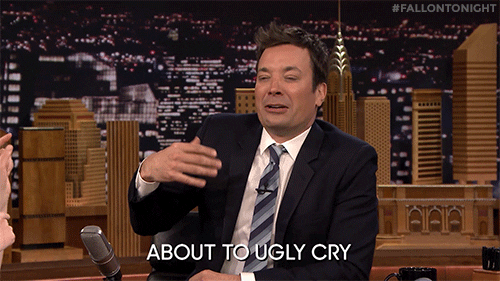
Whatever your hope may be, marketing is an important path to venture on (especially because traditional publishers are rejecting diverse books in favor of ones that are already famous + the whole sub-par machine thing they seem obsessed with.)
And thus, my childhood marketing obsession will hopefully be of use to you. This is all for free (unless you want to spend money) and you don't need to figure out social media platforms (unless you want to, and this guide works if you decide to take that route too.)
Step One: Characters
Marketing spheres will define these fictious people as 'avatars' or 'the target audience'. You could also call them characters. Because that's what they are: fictional people.
For this step, you shall create characters that would love your story.
And here's some great news: You've already done this.
Perhaps you wrote your story to comfort a prior version of yourself. Perhaps each character in your story holds an aspect of your personality. Perhaps you were ridiculously self-indulgent and made the story you would've loved to read. These are all possible characters you can reuse for marketing.
Write down 2-4 quick archetypes for these characters. You'll chose an aspect of your story (characters, themes, or the younger-self that you wrote it for) and write a thumbnail sketch. (Main issue, fears, wants, personality traits if they relate to the main issue.)
I'll do it for my story (the Land of the Fallen Fairies) down below:
Anuli-like (my MC): Overthinking and aloof. Wants a happy ending but thinks their current personality/character isn't good enough for one. The present stales in comparison to the past/the childhood they lost. The 'gifted theater kids'.
Kamari-like (side character): Postpones happiness in favor of creating a perfect schedule/getting accomplishments. Heavy masking. Creative but doesn't create anymore. Promises themself they'll enjoy themselves later, when they've earned it. Workaholics.
My younger self: Wanting a fantasy escapism to embody the traits they wish they had in real life. Dissatisfied and worried about reality. Perfectionists.
Self-indulgent: People who love plants and forests and fantasy worlds far away from reality/humanity.
Great! Now it's time to find these characters.

Step Two: Setting.
(Let's assume you're using the internet for your marketing. But a similar method works for real life too.)
Where do the characters live?
In order to figure that out, we need to discover the characters' interests, what they watch to solve their problems, and who they find #relatable.
(You can do this for each character or for all the characters at once.)
For example:
Anuli-like -
interests: Stories. Analysis videos. Fantasy escapism. Things that remind them of their childhood. (so nature, warmth, comfort, play, imagination and the times they would actually enjoy learning.)
Places to look: Nature quotes, ambience videos, children's shows and fairytales (comfort shows). Fandom culture - fanfic video essays, fan art.
Solving problems (the problem being wanting a 'happy ending' but feeling that their personality/lifestyle/characteristics aren't right for one): Mindfulness things. Self-healing. Quotes and meditations and candles galore. Slow living. Nature vlogs. Self care. All that 'live in the moment' culture.
Places to look: Slow living. Nature vlogs. The 'softer self-help' (spirituality stuff. Magic/ overnight answers). Witchcraft. 'aesthetic nature' places. Guided meditations.
#relatable: Burnt out gifted kids. People who think so much that their life passes them by. Storytellers and creative who create to make sense of the world. People who like dark, gory things in spite of who they want to be. People who don't like reality.
Places to look: Those 'learn better and remember everything' places. (The 'burnt-out gifted kid' recovery places.) Stop overthinking spots. Those quotes on Pinterest from poetic people who think too much /aff. Storyteller places. Dark academia. Classical music. One off quotes/ poetry.
Okie dokie. Once you have this, find channels, social media accounts, blogs, songs, books, etc. that fit with the categories you wrote down. (They should appeal to the characters) You can search up some of the terms you listed into searches and see who pops up. Bonus points if you find people that overlap with multiple sections.
I know I didn't include booktube or booktok in here. You can if you want too. But those can be a bit... 'consume these 500 books'. You also want to find other places where people who would like you story live, even if they don't follow booktube or booktok.
Congrats! Now you know where your characters live!
Step Three: the scary part

Take everyone you found on your search for the settings and write them down a list. Make sure you get an email/contact info. (they usually list them somewhere under 'for business inquires') Also feel free to watch their content and get to know what attributes these settings have.
And now... we talk to them. about our stories. You can do it. I believe in you.
This called 'pitching your product' in marketing spheres. But you can be informal about it.
I know it can be difficult to talk about your work, so here's a tone to have:
'I made this thing I like and I think you'll like it too'.
What you'll do is send an email (or dm) that goes like this (inspired by Creative Hive on youtube):
Hi [name],
[Genuine compliment]
[Quick sentence or two about your story. Include the themes and who it appeals to. If you have a logline/sentence summary, include that. But I find that the underlying themes and 'who's it's for' is more engaging.
For my story, I might say something like.
I've written a story you might enjoy, since you like [interest]. It's called the Land of the Fallen Fairies. It's a nature-themed commentary on the pursuit of happiness and fixing yourself to deserve that happiness, told by an overthinking, unreliable, houseplant narrator. It was supposed to comfort me when I got frustrated with myself and my happiness chasing, and I hope it can comfort others too.
(That's probably a bit long and I can trim it down a bit.)
You can phrase it like a gift if you want too.]
[Call to action.
'If you like it, I'd appreciate a mention on your [platform].
I know this part may be difficult to mention (imposter syndrome is not fun.) But I promise that if they do like it, they'll be happy to mention it.]
If they don't respond within... four-ish days? (A week at most). then you can include a follow up. For this you can include a template with info about your story. This way it's easy for them to talk about your story.
The template:
title
genre
blurb
Author
where to find the book
Bonus points if you have an additional, physical thing to send them.
Congrats! Now do this pitching process a few times until you've covered most of your bases. (Pitch to as many people as you can. It will get more comfortable as you do it. Play your favorite song and don't let yourself think too hard about it.)
----------
The benefits of this process are that you find people that are already interested in the themes and vibes of your story (in comparison to to ads, which get shoved in everyone's faces.). Someone your audience already trusts will talk about it, which means you don't need to do all this trial and error to find your audience and make content for them.
It's basically a bunch of people talking about something they like!
AND you diversify your audience across niches, but with an underlying theme/interests. Booktok/booktube must appeal to everyone, so it's a hit or miss for recommendations. (Unless there is someone that specifically does one genre/type of story.)
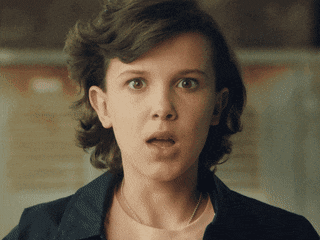
From here you can do fun little things to build up hype and make the book launch feel like this fun event. (I love it when that happens so here's my thoughts about trying to create an event with your story... although that may require another post entirely.)
preorder goals
charity goals
Arg's and puzzles
fund with side plushies and trinkets
Book blog tour
book boxes
as many memes as you can make
rewards (like bookmarks or posters or smth) that people can get for supporting
Talk about the process of creating your story. I know this one channel called 'Dead Sound' that creates 'making of' videos for his short films and they are some of the best videos on youtube.
Okay dear storyteller! Now go forth and share your story with the world!
Additional resources:
Creative Hive <-- a youtube channel that goes through the pitching process.
This video is also very good <-- Haven't watched the rest of the channel but I assume it's also good.
One of the best marketing channels on the internet (the videos are actually entertianing to watch.
Seth Goldin <-- I read his book and took the parts I liked and modified for storytelling marketing.
Dead Sound <-- propaganda to watch the short film series he has (he did the whole 2-d 3-d style wayyyy before spiderverse did... and he's one person making these. One person. It's amazing.
Glitch <--- If someone can figure out how The Amazing Digital Circus was marketed then I will pay you money. It seems to be a lot of memes and funny things.
#writers of tumblr#writerscommunity#writing advice#writing tips#writer stuff#on writing#writeblr#writing community#writer#storytelling tips#fiction#writing#filmmaking#creative writing#writers on tumblr#writers and poets#marketing strategy#pitching#writing resources#resources#useful#for reference#useful stuff#the writeblr library#please do well post#I've spent so much time on this
375 notes
·
View notes
Text
Follow for more book stuff
Hey there, writers and readers! Since there are a few more of you here on the blog, I thought I'd do a quick reintroduction. I'm Soulwriter, and I've been scribbling stories since I was nine. I'm all about sharing tips on writing, writing prompts, and chatting about anything book-related. If you have questions about writing, feel free to ask, and I'll share what's worked best for me.
#creative writing#writing#writers block#writing advice#writblr#writers on tumblr#writeblr#writing community#words#writing tips#writers#ao3#wattapd#puplishing#screenwriting#filmmaking#bookworm#tipss#promts#writing promts#writing inspiration#writing inspo#tropes
28 notes
·
View notes
Text
Movie Camera Shots

Wide shot

Medium shot

Close up shot
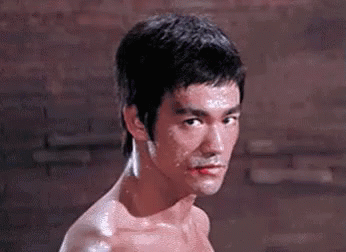
Camera zoom shot
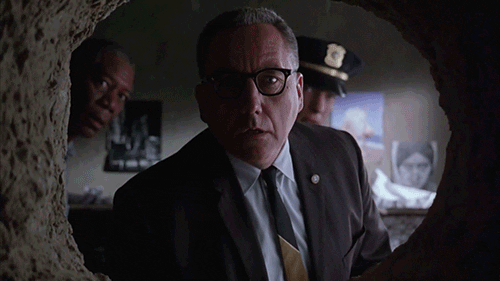
Dolly in shot

Tracking shot
camera shots in cinema
#camera shots#camera angles#wide shot#medium shot#close up shot#zoom shot#dolly shot#tracking shot#filmmaking tips#cinematography#filmmaking techniques#filmmakers#movies#filmmaker#filmmaking#inglourious basterds#iron man#the good the bad and the ugly#return of the dragon#creed
11 notes
·
View notes
Text
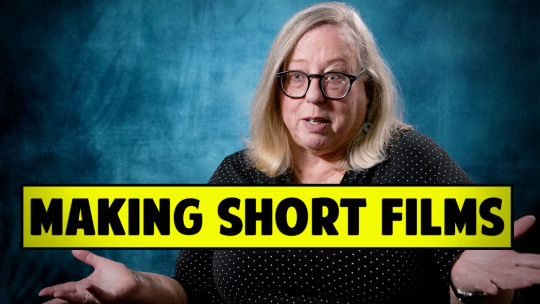
How To Make A Short Film For Free - Kim Adelman
Watch the video here on Youtube.
#film#short film#videos#filmmaking#filmmakers on tumblr#support indie filmmaking#video creator#filmmakers life#Tumblr film#short filmmaking#filmmaking 101#filmmaking tips
6 notes
·
View notes
Text
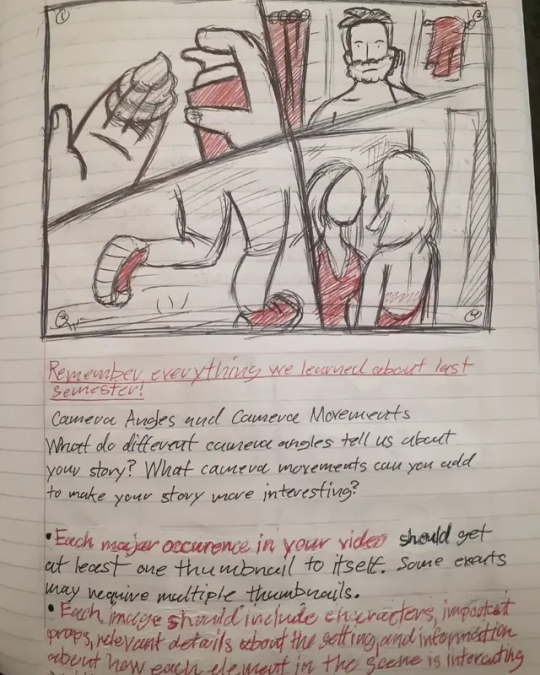


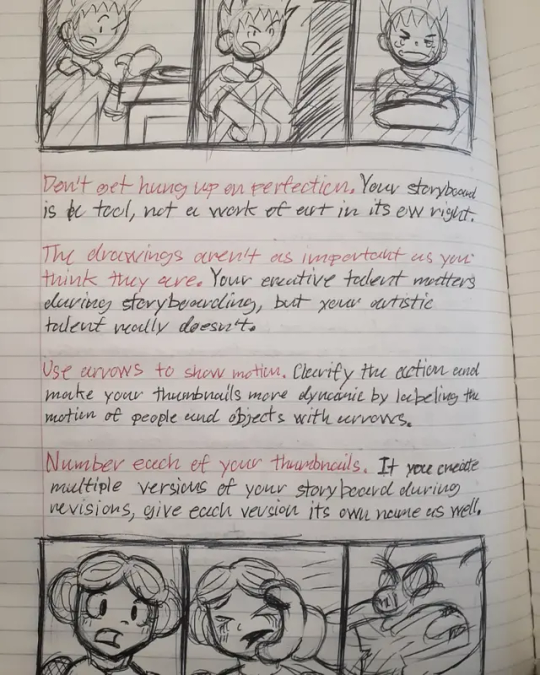

What is a Storyboard?🎞 (2/2)
#filmmaker#filmmaking#film school#filmmakersworld#filmmakerslife#filmmakerssociety#filmmaking tips#filmmakingnotes
0 notes
Video
youtube
44°58'23.5"N 6°03'54.8"E
youtube/oftwolands
www.oftwolands.com
#video#filmmaking#youtube#film#outdoor#Adventure#omnicharge#battery#review#camera gear#travel gear#cinematography#wandrd#bmpcc6k#bmpcc#Blackmagic design#filmmaker#filmmaking tips#florent piovesan#of two lands
11 notes
·
View notes
Text
YouTube Channel
Hi everyone!
Behind this blog there is Greta. I'm a filmmaker and I'm working on a YouTube project called "Cinema in 10 minutes". I talk about cinema of course and I absolutely love those unknown films that everyone should discover. I'll attach the latest videos here.
Also if you'd like to support me and this project please subscribe on my channel. I publish a new video every week on Sunday.
Thank you!
With love
Greta (aka Movie Tips)
youtube
youtube
#youtube#YouTube channel#channel#cinema#film#filmmaking#movie#movie maker#mozart#Wolfgang Amadeus mozart#greta di raimondo#movie tips#hollywood#movie review#movie art#artists on tumblr#tumblog
33 notes
·
View notes